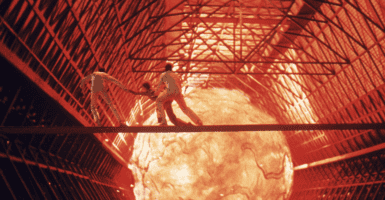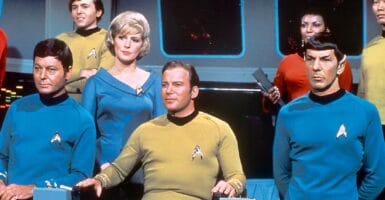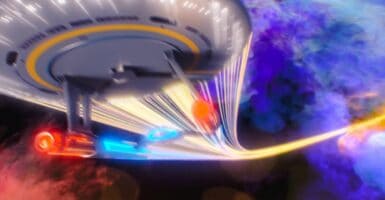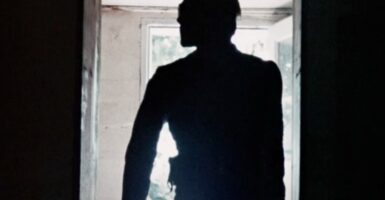Four Parts Almost Human Borrows To Build Its Robots
A touch of this, a dash Dark Angel.
This article is more than 2 years old
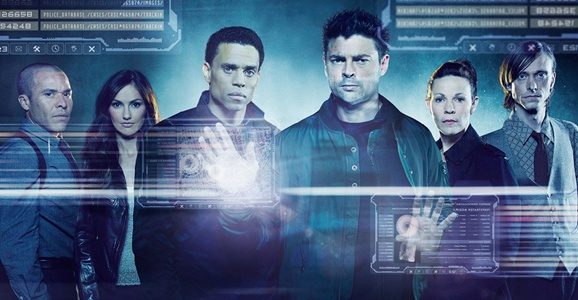 Fox’s futuristic buddy cop drama Almost Human hit the air tonight, and I know this was only the pilot—and the first night of a two-night premiere—but I’m on board this train. Right out of the gate, the show has a ton going for it. Not only is the cast, headlined by Star Trek’s Karl Urban, top notch, but the creative team includes Fringe showrunner J.H. Wyman and J.J. Abrams, who created shows like Lost and is directing Star Wars: Episode VII.
Fox’s futuristic buddy cop drama Almost Human hit the air tonight, and I know this was only the pilot—and the first night of a two-night premiere—but I’m on board this train. Right out of the gate, the show has a ton going for it. Not only is the cast, headlined by Star Trek’s Karl Urban, top notch, but the creative team includes Fringe showrunner J.H. Wyman and J.J. Abrams, who created shows like Lost and is directing Star Wars: Episode VII.
There’s some power behind this particular program. That said, Almost Human totally delivers. Set in 2048, the show partners Urban’s tough detective John Kennex with Dorian (Michael Ealy), a humanoid robot. Kennex resents the intrusion into his life, but this particular model, most of which have been mothballed or employed as manual laborers in space, were designed to be as human as possible, with their own quirks, personalities, and emotional baggage.
The two main characters have a fantastic chemistry together, and there’s a nice mix of humor, heart, and badass action. Overall the show is bursting with potential, but one of the things Almost Human does best is render the world. Sci-fi fans will notice a whole host of obvious aesthetic influences in every facet, taking bits and pieces from its various genre predecessors and building something new. What are those bits and pieces? We uncover them all here. Read on…
Pages [ 1 2 3 4 5 ]

